Building livable log homes
The owners of Trappeur Homes in Invermere share a passion for providing innovative construction and simple solutions
Aaron Cameron and Max Fanderl met paragliding, but it was their mutual experience in construction along with their passion for knowledge and problem solving that led them to form Trappeur Homes. They are now suppliers of beautiful dovetail log homes, as well as innovative building consultants and designers. Providing log home packages is one thing, but the products provided by Trappeur Homes have a unique wall system and classic designs that provide a number of benefits to clients at a reasonable cost.
There are a number of aspects that were considered when Fanderl and Cameron created the Trappeur Homes wall system. They utilize logs that are air dried for a minimum of two years, meaning their walls experience no more shrinkage than with standard stick-frame construction. In addition, they use recycled wood fibreboard that provides a thermal break and then a framed wall that is insulated with Roxul insulation. The result exceeds R-value regulations, but also provides a good thermal mass.
“We don’t just look at the R value. We’re looking at something called the heat protection value,” said Fanderl. “If you have a 30-degree hot day, how long would it take the 30-degree surface temperature to travel through the wall and then start to heat up the inside of the building? If you take a conventional wall, it takes about six hours for the temperature to travel through from the outside to the inside. They call it a temperature phase shift. In our wall system it’s 15 hours . . . That’s why these log homes stay very cool in the summertime because they have this protection built into it, and in the wintertime they stay warmer because it works the opposite way as well.”
Another aspect of the Trappeur Homes wall system is that it utilizes an open or breathable wall system. Many older houses experience moulding issues as the result of moisture that seeps into the walls and gets trapped behind the vapour barrier (poly), creating long-term health and quality issues. A Trappeur home is built using an advanced vapour barrier, which allows the wall to dry out in warmer weather. A Trappeur home doesn’t have a condensation point within the walls.
Cameron has lived in a home built to this standard for the last six years. With reduced heating costs, no need for a cooling system, and a comfortable, healthy environment, he’s been nothing but happy with the situation. He said that others are also ready for solutions.
“You can tell that people know there are problems with the current building systems,” he said. “They’re hungry for new ideas. When you provide new ideas for these people you can see the excitement that they get. They’re looking for these new innovations.”
Using biodegradable materials and energy-efficient construction, Trappeur Homes can be proud of its contribution to green building. It’s not about rebuilding the wheel, said Fanderl, but about utilizing knowledge and experience in the most effective way possible. It’s about common sense, strong design and simple solutions. Thanks to precise craftsmanship, Trappeur houses are quick to build and only cost about 15 per cent over the cost of a traditional stick-frame house.
As the company moves forward, Cameron and Fanderl will continue to strive for excellence and innovative solutions. That passion for learning, growth and problem solving is serving them, and the clients who literally call their product home, quite well.
“I’m looking forward to helping people get into their dream homes,” said Cameron, “and doing it in a real common sense fashion using just basic designs that will stand the test of time. We’ll (continue to) have simple innovations that will make for healthier and cost-effective living.”

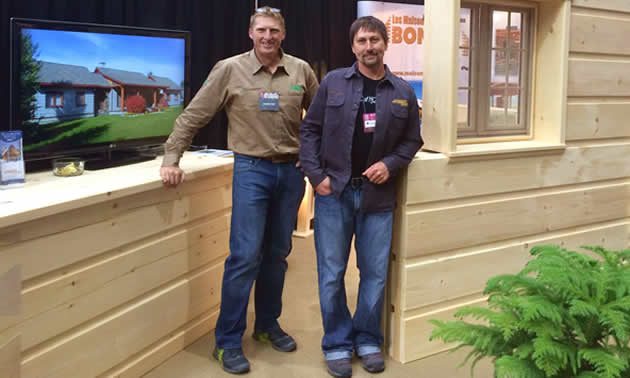
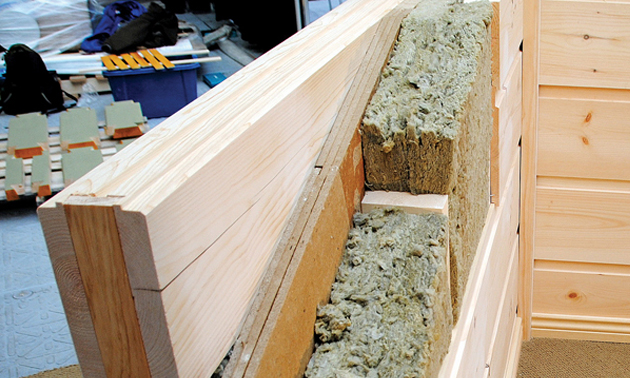
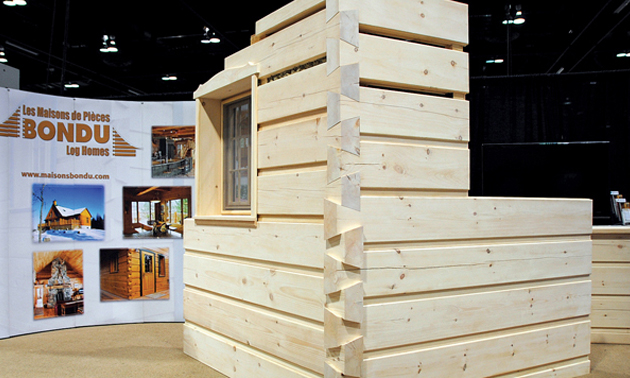
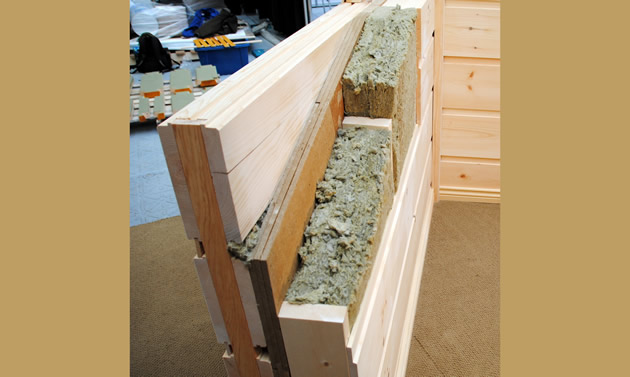


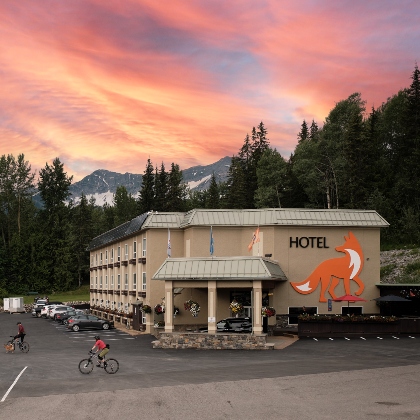
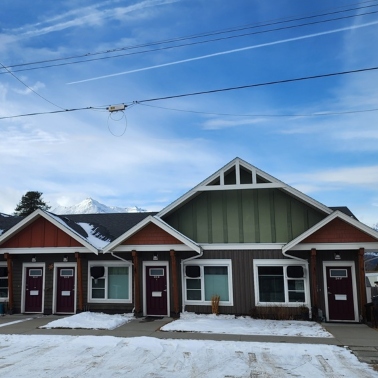

Comments